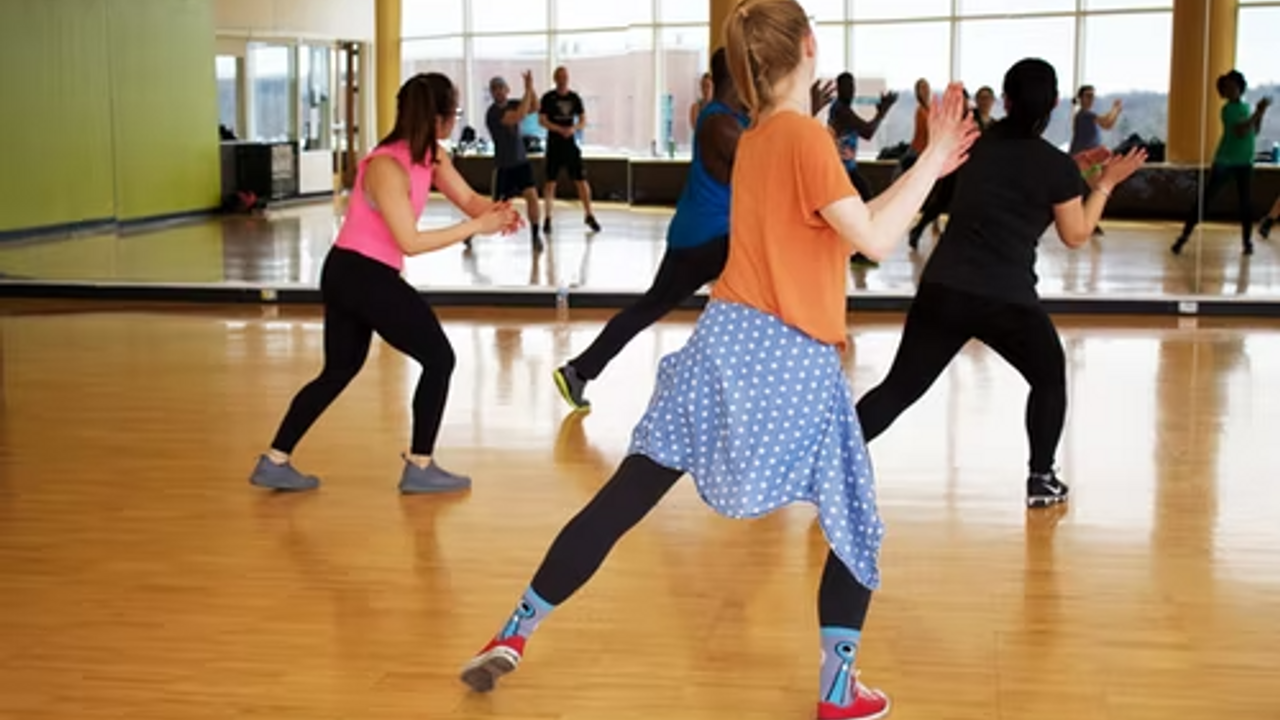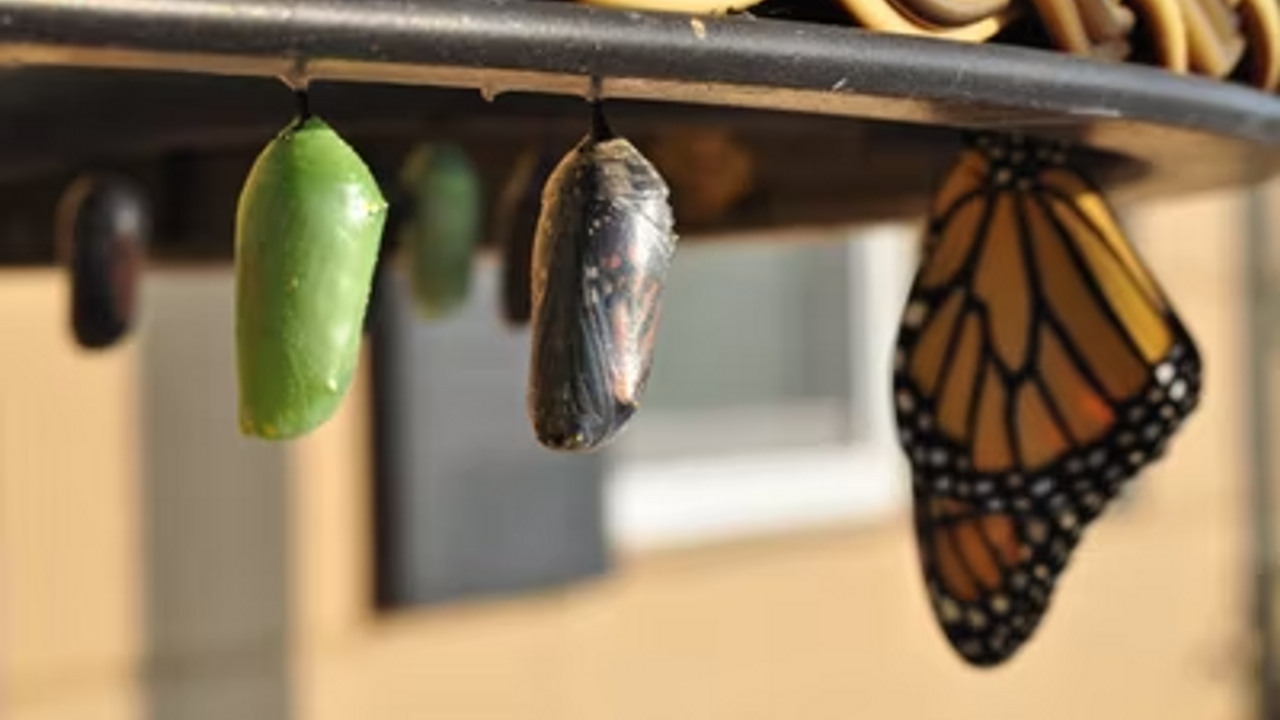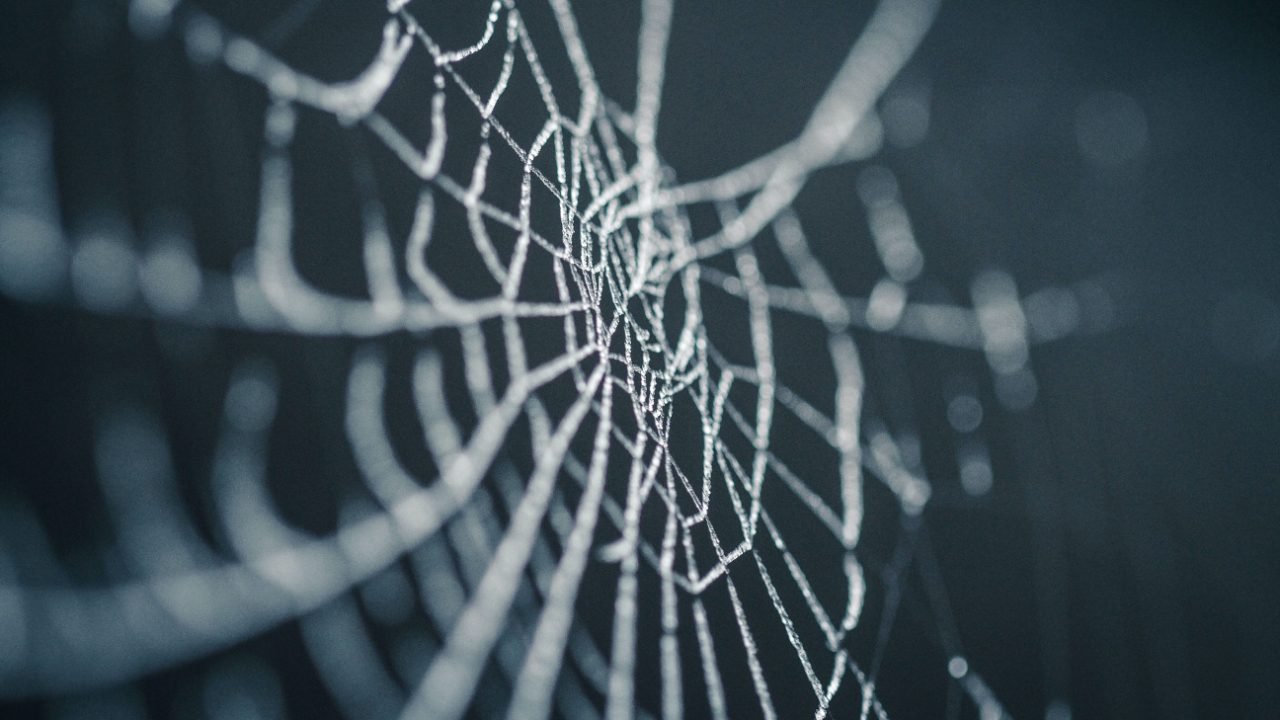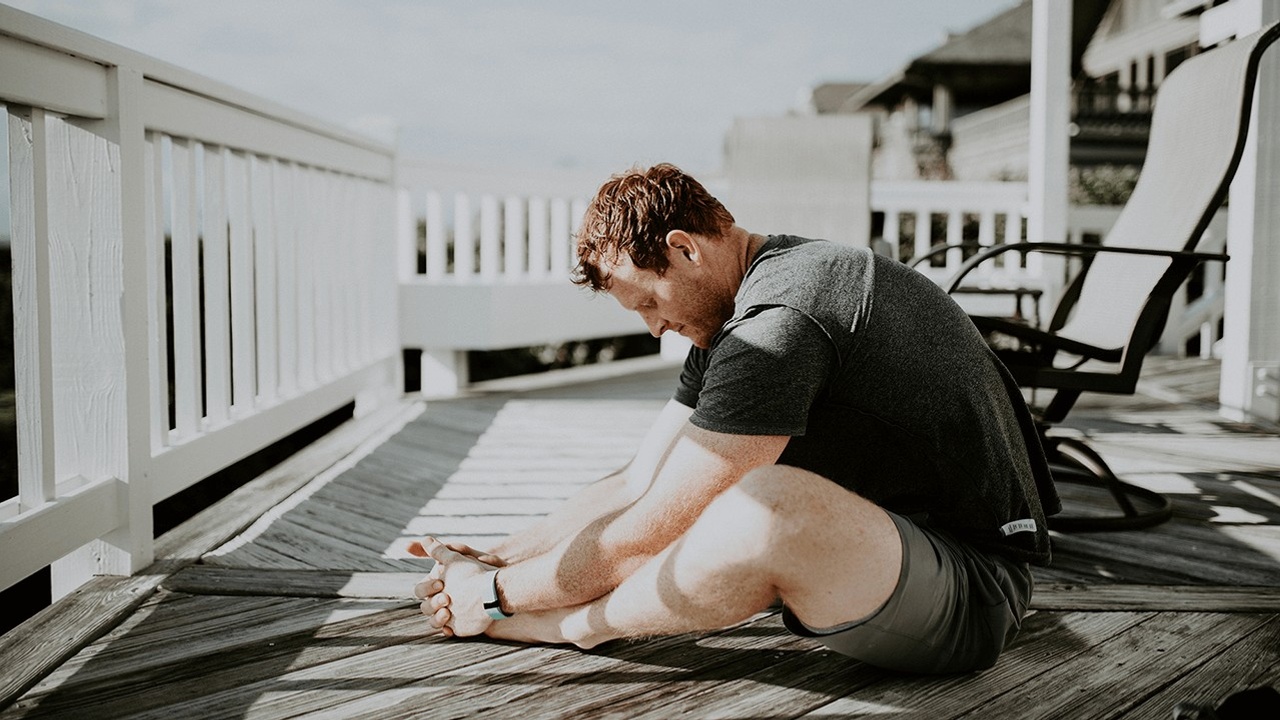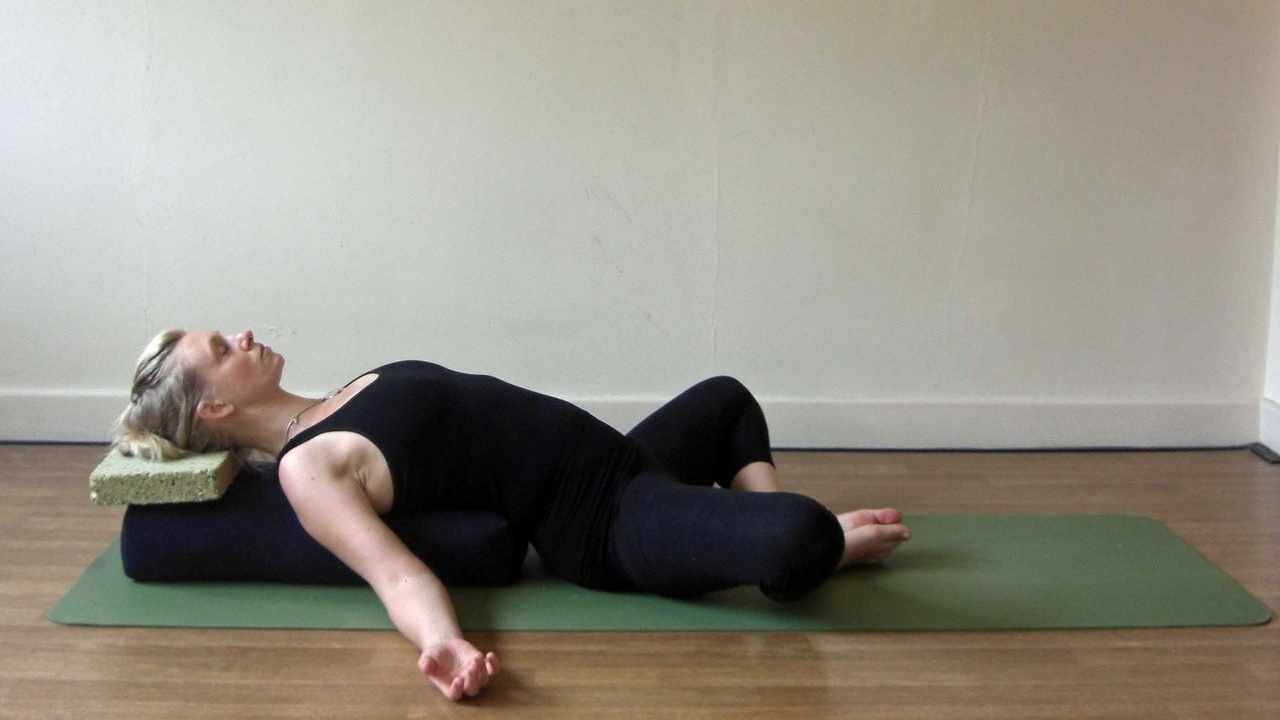It's easy to lose our sense of satisfaction and need-over-want at this festive time, but finding ways to stay connected can make the whole shebang leave a better taste in our mouths in the aftermath...
A big part of Christmas “enough already” can be around the area of food. When everything suddenly becomes adorned and dressed in festive labels, we can lose our connection with its effects in our bodies.
It’s lovely to have a treat, but less lovely when it affects our immunity, energy, mood and digestion in ways we do not enjoy.
How are you feeling about the holidays this year?
 Awareness is always helpful, so the big question at this time of 'the more the merrier' it seems, is can we retain a sense of 'enough already' in the face of such excess? The lead up to the main event is a good time to step back, take stock and see how Christmas or whatever you celebrate is permeating our lives and our expectations.
Awareness is always helpful, so the big question at this time of 'the more the merrier' it seems, is can we retain a sense of 'enough already' in the face of such excess? The lead up to the main event is a good time to step back, take stock and see how Christmas or whatever you celebrate is permeating our lives and our expectations.
Are you dizzy as a child at the thought of Santa’s touchdown or feeling...
We are built to move, but when the motivation comes from fitness or health, rather than as a bi-product of basic survival (procuring food, building shelters, keeping warm, defending territory etc) or celebration (dancing, ritual etc) it can be more challenging to get going on our own. We evolved in tribes and our physicality and psyche move between self-regulation and co-regulation – how we adapt on our own and how we do that in relation to others; we need both and they feed into one another.
The importance of relation
The social engagement system of mammals is often called the ventral vagal complex (the front or ventral aspect of the vagus nerve) and humans have more than others. It helps us to produce oxytocin (the ‘love molecule’) and experience bonding, safety, creativity, happiness and joy. Our ‘vagal tone’ or ability to drop into social states with easy breath, an open mind, tolerance of others, creativity, playfulness and wonder is also a predictor of health and happiness.
Ac...
Natural and primal movements that bring you back to healthy movement patterns
To talk of natural movement patterns, we first need to accept that as modern humans, we are often (if not mostly) in postural habits that have wandered far from our original design and function.
The word ‘primal’ is bandied around much these days, but what does it mean? We can view this terminology – used to describe movement, diet and lifestyle – from two directions; firstly the word itself stems from primary, that which came first. So something primal can be the original in terms of either our evolution as a an individual within that species.
Our personal evolution
This can relate to how we evolved from fish, to reptiles, to four-legged mammals, through to primates and still have the types of motions such animals do within our whole range. We also move through these same patterns from our foetal shape within the womb to the full expression of upright human within our own lifetime (Pediatr Int.,2019 doi:...
Spiky Balls are being seen more and more in shops and fitness studios, but what are they for and how do they work? Firstly, you need a good quality ball, some have shallower ‘spikes’ and a more forgiving surface, these are often referred to as ‘Pilates trigger point release spiky balls’ or ‘Prickle Stimulating Balls’. The texture and responsive surface of this type of spiky ball means that we can move into areas that intuitively feel of benefit, but we are able to move around, modulate and play with pressure and movement as simply feels right.
This is how these balls work on the myo-fascial system, the complex continuum of muscle and connective tissue (fascia) that creates the whole web of our bodies. Meeting this through the surface of the skin can help to reduce muscle tension, improve blood flow, increase body awareness and aid in injury prevention and rehabilitation. Loose fascia is a particular part of the superficial fascia, a web that from under the skin, moves into and between...
Yoga for Respiratory Health
Breath is life and our quality of breathing determines the energy and vitality we feel. Whether you have a respiratory condition such as asthma or simply feel you grasp for breath and don’t quite feel your full breathing potential, supporting how you breathe through movement and exercise can help you thrive, body and mind.
Put most simply, breathing inhales oxygen into the body and exhales carbon dioxide out. This happens on a large scale through the lungs, but also for each and every one of the cells throughout your entire body. It is the respiratory system that provides the means for vital oxygen to enter bodies via our lungs, into the blood stream and ultimately through the whole body. The carbon dioxide excreted is the by-product of each cell’s breathing or ‘respiring’ – much like the body’s exhaust fumes.
Healthy lungs working optimally take in about ½ litre of air roughly 12-15 times each minute. They meet the cardiovascular system for oxygen delive...
First published in What Doctor's Don't Tell You Magazine.
There are pros and cons to standing upright, yes our arms and hands are free to use as tools and to help us communicate with others, but the pay-off for bipedal living is inherent weakness in the lower back and neck. This often means that holding ourselves up from gravity translates into tension into the upper back, shoulders, neck and jaw.
When we get locked into work or stress postures (or even feeling protection in cold weather), our natural range of motion through the shoulders and neck can become compromised. Lack of flexibility in the neck region is associated with pain (BMC Musculoskelet Disord. 2015; 16: 56) and the more we can simply move, the less tension has a chance to build up.
The effects of stress on the shoulders, neck and jaw
Stress is expressed in body tissues as tightness, holding and viscosity. We can feel its physical, emotional and psychological effects most keenly through the state of our breath, the c...
We humans are wired to have neurological changes to the differing substances that can enter our bodies. Whether that is a dopamine rush from a sugar high, a glass of wine, an opioid medication, cigarette or stronger substance, these are varying degrees of changes in biochemistry that can have us coming back for more.
Whether our habitual and often compulsive behaviour patterns and use of food, drink, drugs (or behaviours like gambling, shopping, TV, excessive exercise or sex) wander into addictive territory can be subjective. When is a passion for good wine a mask for an alcohol problem or when does a cycle of pain create a dependency on pain medications for example? There is much debate whether sugar is addictive, but those caught in its thrall certainly struggle to give up and feel acute symptoms of withdrawal when they avoid it.
The definition of addiction (Miriam-Webster) states that addiction is “Compulsive, chronic, physiological or psychological need for a habit-forming substa...
How to Maintain Energy Levels
It is a basic truth that the modern world is highly stimulatory. For many of us, the amount we have to do, to watch, to read, to scroll about can be overwhelming, but even if we don’t find the barrage of information seemingly too much, we can become desensitised to how much this steals our energy.
With any action or reaction, we need time and space to rest and recover. This is mirrored in our breath, with the basic pattern of the energising inhalation followed by the releasing exhalation. Accessing states and movement where we are fully able to breathe out and have recovery and energy support within the practice, can also help us feel where can restore, rather than deplete energy resources.
Energy states governed by the nervous system
We have similar active and resting states within the nervous system. This is our complex system of nerves (from brain to outer body) that coordinates all body activity and sensory information by transmitting signals to a...
We know intuitively that when we move around, we feel clearer, sharper. When we don't move around enough, then we can feel more mentally sluggish, memory can become little harder to access, and reactions slower.
We can divide cognitive process into six types – attention, perception, memory, language, learning, and higher reasoning. These can both can occur simultaneously and independently, they rely upon each other and intertwine for that orchestration of how we think, feel and move our way through life. Learning new skills and new ways of thinking are supported when we also learn new movement patterns eg a new dance, type of movement to increase our cognitive fitness and longevity of our mental processes.
When we get moving, we increase circulation, we exercise the blood vessels themselves and this helps to prevent neurodegenerative conditions known to create cognitive impairment (Journal of Internal Medicine, 2011; 269(1): 107-117). Exercise also helps to control blood sugar levels...
The Benefits of Walking on Uneven Ground
As humans, we have evolved to have certain patterns of physical activity that are necessary for health.1 In fact, we’re built for long-distance walking, and it’s estimated that our hunter/gatherer ancestors covered daily distances in the range of 6–16 km (3.5–10 miles). While walking may be our most natural form of exercise, humans learned this unusual mode of transport on rough surfaces—far from the predictability of pavements and man-made flooring.
All of our ancestors’ walking and running was done on natural surfaces like grass and rocks, and often over uneven ground. Our upright two-legged (bipedal) walking style evolved alongside a nomadic lifestyle that was not just for walking to new camps, but also for getting to and from sources of food, water and wood.2 It’s even theorised that part of our large brain growth was to address the various challenges of bipedal upright walking on naturally uneven ground.
Natural movement
Surfaces like c...
Movement to help your body naturally move through trauma
The term trauma is used to describe the state an individual is left with after a shock or prolonged danger or distressing event has passed. Its prevalence in society has grown from the recognition of the symptoms war veterans were experiencing in the 1980s with the diagnosable condition Post-Traumatic Stress Disorder (PTSD).
This has also opened up to recognise that trauma does not just stem from large, traumatic events but can be as a result of Adverse Childhood Events (ACEs) and the definition extended to anything that overwhelms to the point where we can’t cope, on an individual basis.
The medical world has long viewed trauma as a purely psychological issue, although recent research shows it to be a full physiological response; a reliving in this moment of an event or felt state that came before. For those with trauma, this is the only way more primal, instinctual responses can make sense of the continual.
Trauma tends to...
Stretching can be something we look forward to or dread within our exercise regimens, so understanding its purpose and effects can create more depth and motivation, however we feel. Messages can be conflicting, so some simple basics can help us navigate confusion towards following your body’s needs.
Stretching for sports is not the same as in yoga; rather than looking to improve flexibility alone, static (still) stretching after exercise is designed to lengthen muscle shortened through use back to its normal range of motion (ROM). This is why dynamic (moving), rather than static is recommended for warm-ups. More flexibility ie more range through muscle and around joints may actually impede the action and strength of specific movements needed for sport.
We can’t actually lengthen muscle – this is already determined by its insertion and origin ie where it is attached and leads to in terms of bones and tendons – but we can lessen resistance to a stretch, where the nervous system doesn’t...


